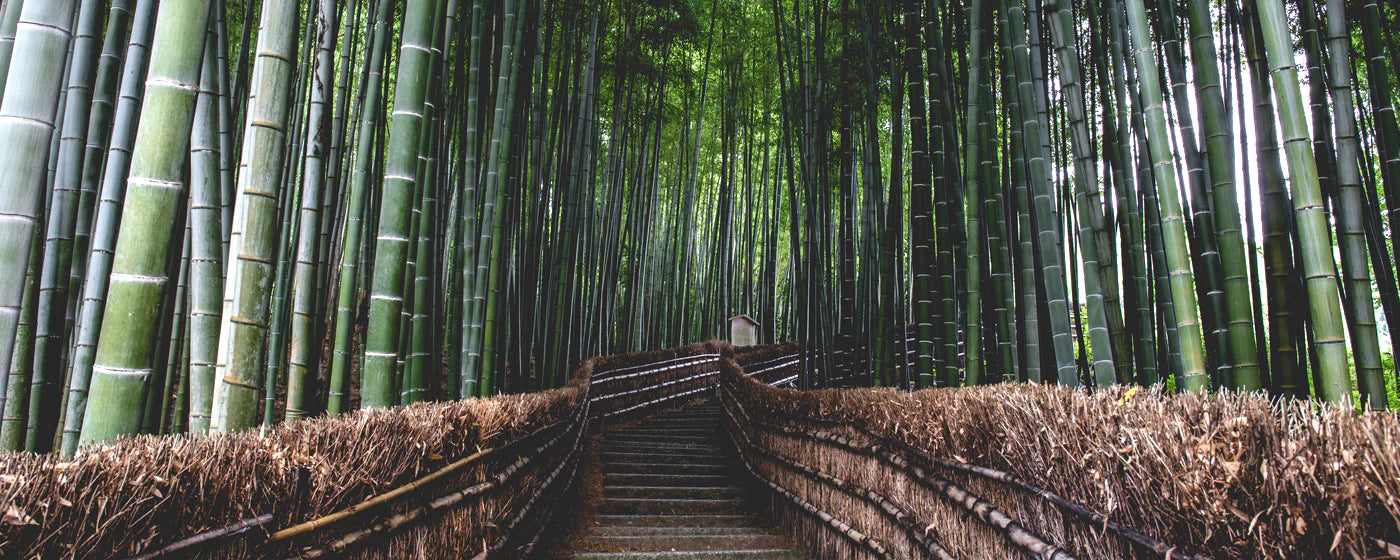Good Facts For Choosing Bamboo Clothing
Wiki Article
What Makes Yak Merino Base Layers So Effective For Winter Sportswear With Regards To The Natural Fiber Benefits And Environmental Sustainability?
Renewable and sustainable Yak Merino's wool base layer is highly effective as a winter sportswear not only because it performs well, but also because of its fiber-based advantages.
Yak and Merino Wool are both natural fibers that are made from animal. Renewable resources, they can be harvested sustainably and without harming animals. They are biodegradable, without harming the ecosystem.
Low Environmental Impact
Natural fibers are typically less harmful to the environment than synthetic materials. The harvesting and cultivation of wool involves fewer chemicals and uses less non-renewable resources when compared to synthetic fibers.
Energy Efficiency-
Wool fibers are processed using less energy as compared to synthetic fibers. Natural wool has a relatively lower energy use, which helps reduce carbon dioxide emissions.
Reduced Microplastic Pollution-
Natural wool fibres do not pollute the water with microplastics, like synthetic fibers.
Durability and Recycling-
Yak-merino clothes are durable and lasts for quite a long duration. In addition, wool fibers can be reused or recycled to reduce pollution and waste.
Sustainable Practices
Some wool producers adhere to ethical and sustainable practices. This involves ensuring the welfare of animals and sustainable land management. They also guarantee decent working conditions and fair working conditions for employees involved in the production process.
Environmental Certification-
The Responsible Wool Standard or the Global Organic Textile Standard are certifications that confirm ethical and sustainable practices in the wool industry. They provide consumers with assurances of the sustainability of wool production.
In general, yak merino base layers conform to environmental sustainability by being derived from natural, renewable sources with the least environmental impact in production and often using ethical and sustainable practices in the supply chain. Natural fibers, like yak wool merino, are a fantastic choice for winter sportswear that promotes responsible consumption and environmentally friendly practices. Check out the most popular my sources about merino wool base layers for blog tips including minus 33 base layer, womens icebreaker base layer, merino wool long underwear, ski thermals, heavyweight merino wool base layer, paradox merino blend, merino wool layers, smart wool baselayer, long john merino, smartwool 1 4 zip mens and more.

What Are The Benefits Of Bamboo Clothing As Outdoor Winter Wear In Terms Of The Durability, Comfort, And Safety?
Bamboo clothing is a fantastic option for outdoor clothes providing comfort, safety and environmental sustainability.
The softness of bamboo fabric a smooth and soft texture that's comfortable on the skin. Its luxurious texture is often similar to silk or cashmere.
Bamboo fibers have moisture-wicking properties, which pull moisture away and keeps the wearer dry and comfortable while they're engaged in physical activities.
Thermal Regulation- Bamboo clothing has natural temperature-regulating properties, providing warmth in winter while remaining breathable to prevent overheating.
Sustainability-
Renewable Resource- Bamboo is a highly renewable resource that grows quickly without the necessity of pesticides or chemical fertilizers. It regenerates rapidly, making it an environmentally sustainable option for clothing materials.
Bamboo farming has less ecological impact than cotton cultivation. Bamboo doesn't deplete soil nutrition and requires less water. Bamboo also produces more air and absorbs more carbon dioxide than most plants.
Protection for Outdoor Wear-
UV Protection Bamboo fabric is UV resistant and offers natural protection from harmful sunlight rays.
Bamboo is antibacterial and has antimicrobial characteristics. Bamboo contains "bamboo Kun," a natural agent that inhibits the growth of bacteria responsible for odors. This helps keep clothing fresher longer, especially when worn outdoors.
The Other Benefits
Bamboo fibres are strong and durable. They are ideal for outdoor clothing that is susceptible to abuse.
Biodegradability - Bamboo clothing is biodegradable. It can decay naturally after the end of its life cycle, reducing environmental impact.
For outdoor winter clothes, the bamboo fabric provides a combination of comfort and thermal regulation. It also helps control the moisture and is a sustainable. Have a look at the most popular here are the findings for bamboo clothings for blog tips including bamboo cotton shirts, clothes made from bamboo, ladies bamboo t shirts, bamboo cay shirts christmas, bamboo cay christmas shirts, bamboo twirl dress, bamboo sweatpants, bamboo hoodie women's, boody clothing, bamboo dress socks and more.

What Are The Distinctions Between Bamboo, Merino And Wool Clothing In Regards To The Texture, Warmth, And Moisture Absorbing?
In comparing merino wool, bamboo clothing and traditional wool, we can compare them in terms of warmth, texture and moisture absorption - Texture-
Merino Wool Merino Wool, often referred to as fine-fibered wool, is known for it's more supple texture and soft fibers. It is often regarded as more comfortable to the skin.
Clothing that is made from bamboo- It's a silky, smooth fabric, often compared to cashmere and silk. It's soft and smooth, which makes it very comfortable to wear.
Traditional Wool: Traditional wool is available in a variety of texture. Some are more coarse than others and may cause discomfort or itchiness.
Warmth-
Merino Wool - Merino is an excellent wool to warm yourself due to its properties for insulation. It is able to retain heat even in the event of a wet. This makes it a great insulation material in cold weather.
Bamboo Clothing - Bamboo clothing is warm but does not provide the same level of insulation that merino does. Bamboo clothing regulates body's temperature and offers comfort under various conditions.
Wool, just like bamboo clothing and merino, is a great insulation. The traditional wool can be heavier than bamboo and merino clothing.
Moisture Absorption-
Merino WoolMerino Wool Merino wool is a great water-wicking properties that pull moisture away from skin, permitting it to evaporate. It is warm when it is damp.
Bamboo Clothing- Bamboo fabric is a moisture-wicking fabric that allow it to draw away moisture from your skin and offer ease of exercise. It regulates moisture, keeping people dry.
Wool is not as moisture-wicking as bamboo or Merino. If wet, certain types of wool may appear heavy and damp.
Summary: Merino Wool is known for its soft, warm and has exceptional water-wicking properties. Bamboo clothing is smooth and silky. It's warm. It also regulates moisture. The wool's texture is variable and can be used to provide warmth, moisture absorption and an incredibly soft feeling. But it may also feel heavier and coarser in comparison with merino clothing or bamboo clothing. Each type of material has its own characteristics which cater to different clothes preferences and needs. See the recommended merino wool base layer info for blog advice including merino 250 base layer, best thermals for skiing, merino wool base layer pant, merino wool thermals women's, best ski underlayers, best ski underlayers, wool thermals womens, lightweight merino wool base layer, merino long underwear, merino wool undershirt and more.
